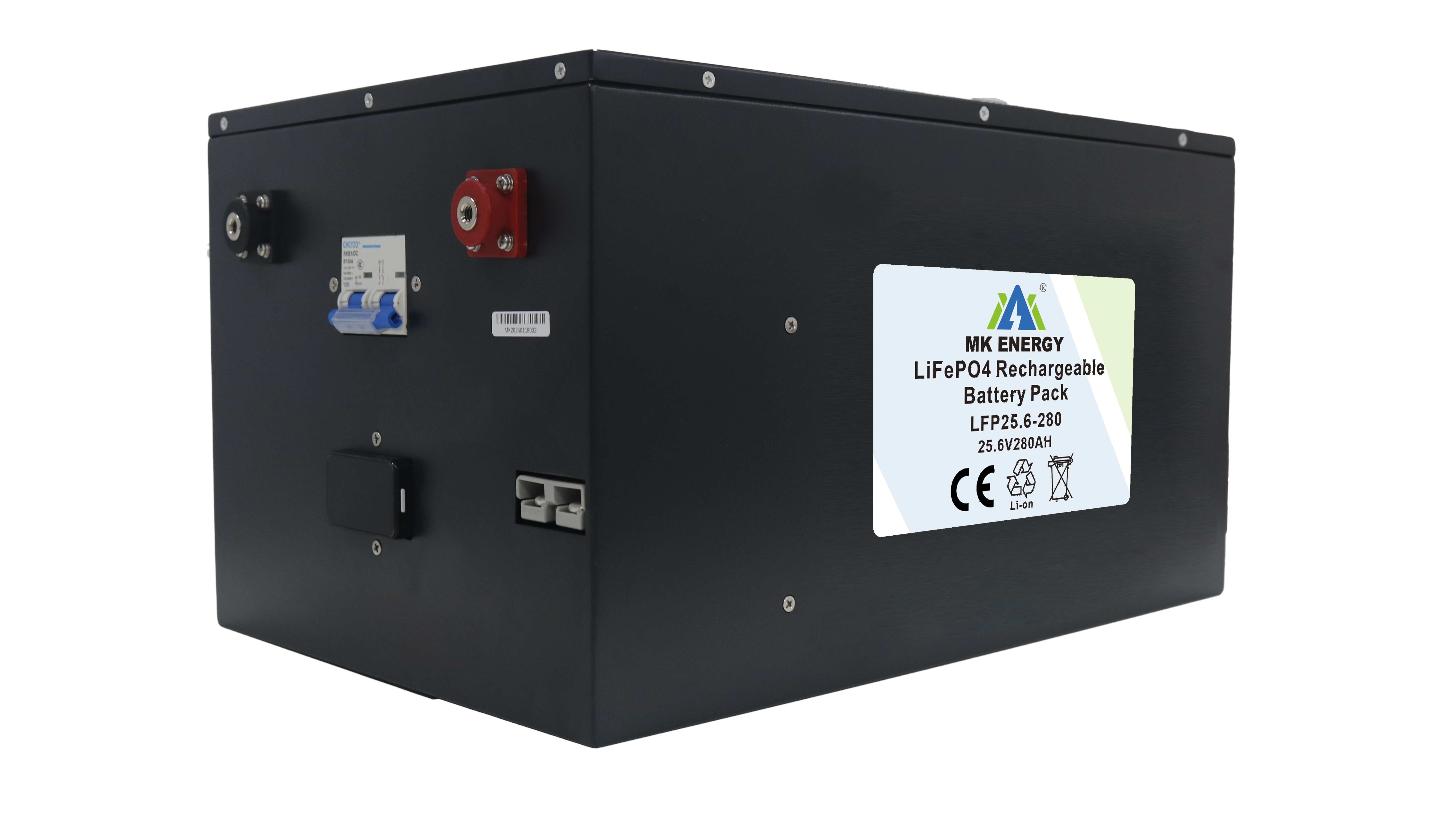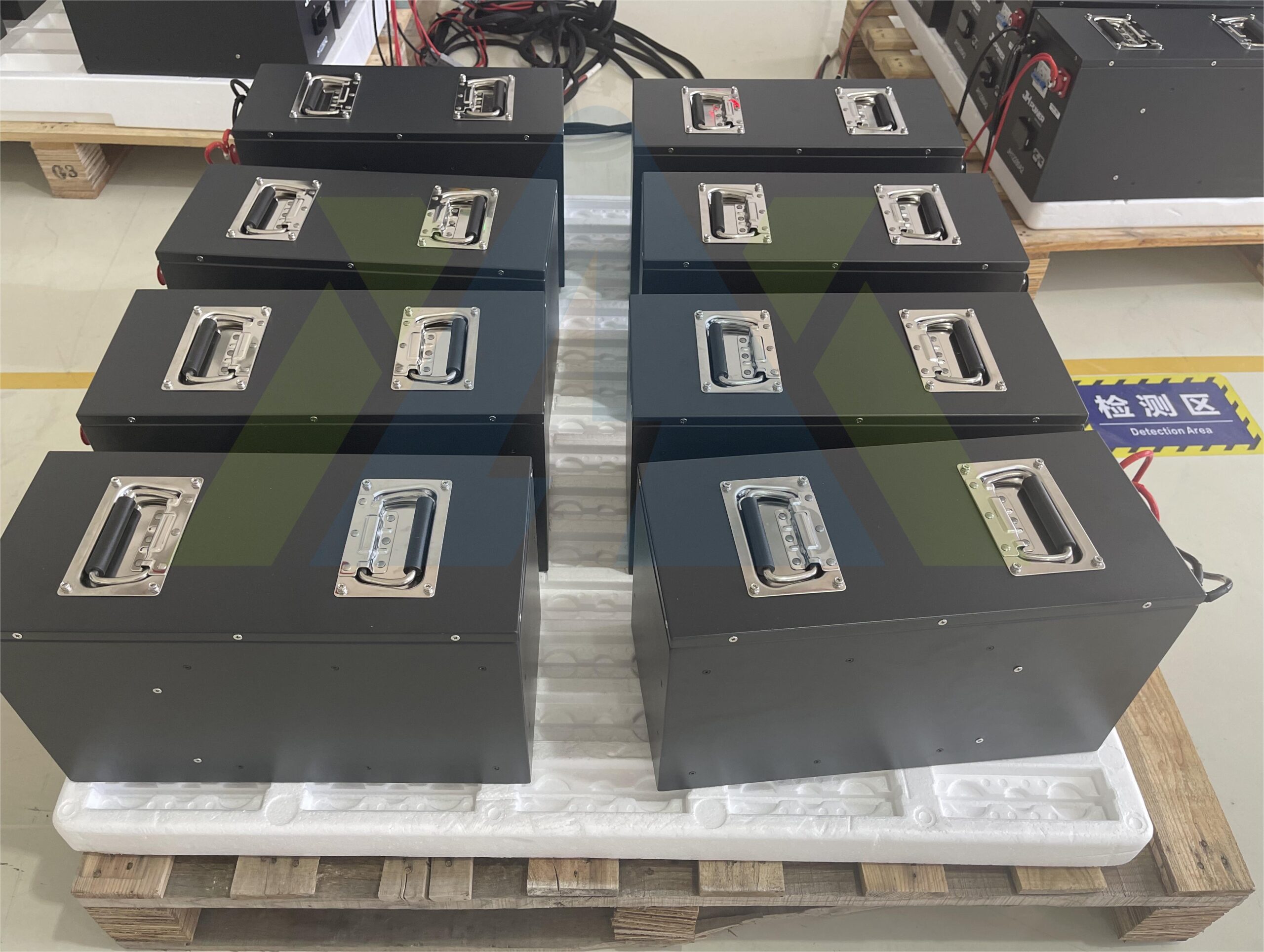RV, also known as “home on wheels”, has the two functions of “house” and “car”, but its attribute is still a car. It is a type of vehicle that is mobile and has basic facilities necessary for home. With the increase in income and changes in consumer psychology, RVs are expected to have great development.
According to the latest report “Global RV Battery Market Report 2023-2029” by the QYResearch research team, the global RV battery market is expected to reach US$500 million in 2029, with a CAGR of 5.1% in the next few years.
How to solve the electricity consumption of RVs is an energy issue that we have always attached great importance to.
RV battery
The RV battery consists of two parts: the starting battery and the life battery. The starting battery is responsible for the vehicle’s ignition, driving lights, and power supply for driving system equipment. Simply put, it is the power reserve and output for vehicle driving; the living battery is responsible for the support of household appliances, lighting, and living equipment in the living area. The two are distinct and related. There are clear specifications and experience in the assembly, use, and maintenance of car starter batteries, but life batteries are much more vague.
The use requirements of domestic batteries are also essentially different from starting batteries. The starting battery requires a large amount of current to be discharged in a short period of time to achieve the car’s ignition function; while the life battery of the RV requires a stable current output over a long period of time to meet the needs of daily life. The lights, TV, kettle, oven and other equipment in the car all need to use electricity from the RV’s domestic battery.
Battery Type
The application of RV life batteries is divided into two periods:
In the early days, lead-acid batteries or gel batteries were used as life batteries for RVs. Deep-cycle lead-acid batteries can discharge the power very low without affecting the battery life. However, compared with the popular lithium-ion batteries, this kind of battery generally has shortcomings such as low power storage and heavy weight.
In recent years, with the development of lithium battery technology, the safety and reliability of lithium batteries have been greatly improved. More and more RV manufacturers will directly install or optionally install lithium batteries for users at the factory, and RV users also like to install lithium batteries after purchasing an RV. Modify your RV with lithium-ion batteries that are smaller in weight and have greater capacity than lead-acid batteries.
Lithium battery advantages
Compared with traditional lead-acid batteries, lithium batteries have obvious advantages in charge and discharge energy efficiency, power storage, volume, and weight.
Lithium batteries are much smaller than ordinary batteries. Generally, lithium batteries of the same model are only half the size and one-third of the weight of lead-acid batteries. The lifespan of high-quality lithium batteries is generally about 5 to 6 years. The trouble of frequently replacing batteries.
Misunderstandings in choosing batteries
The higher the voltage, the better
Although high voltage is efficient, it also brings danger. Based on the average resistance of the human body, a general conclusion is drawn to the safe voltage of 36V. In fact, if it is in a humid environment,24V may bring electrical hazards. This is also an important reason why early automobiles used 12 volts for voltage.
An RV is also an ordinary car engine, and its power supply system voltage is basically 12V. If your backup battery is also supplied through the generator on the car through a rectifier and voltage regulator, then the 12V backup battery can be used It is more convenient and can be used without much modification. If the RV is already on 24V, it would make more sense to use a 24V backup battery. But if the battery is 48V, an energy converter must be installed to reduce the voltage to 12V before it can work normally. This process also consumes electricity.
Develop good electricity usage habits
The battery must be fully charged before being put aside. When fully charged, it is generally recommended to recharge the battery within 2 to 3 months. If conditions permit, it is best to recharge within 1 to 2 months.
When the RV is not in use, it needs to be stored in a ventilated and cool place. After the battery pack is fully charged, disconnect the load line to avoid no-load current causing battery discharge.
The operating temperature of most batteries should be controlled between minus 10 degrees and 40 degrees. When the temperature exceeds 40 degrees, the activity of each active material in the battery increases, which affects the service life of the battery. The battery cannot fully function and cannot be fully charged if the temperature is below minus 10 degrees.
Whether it is lead-acid battery or lithium iron battery, we can choose the battery configuration scheme that suits us according to our actual needs.



